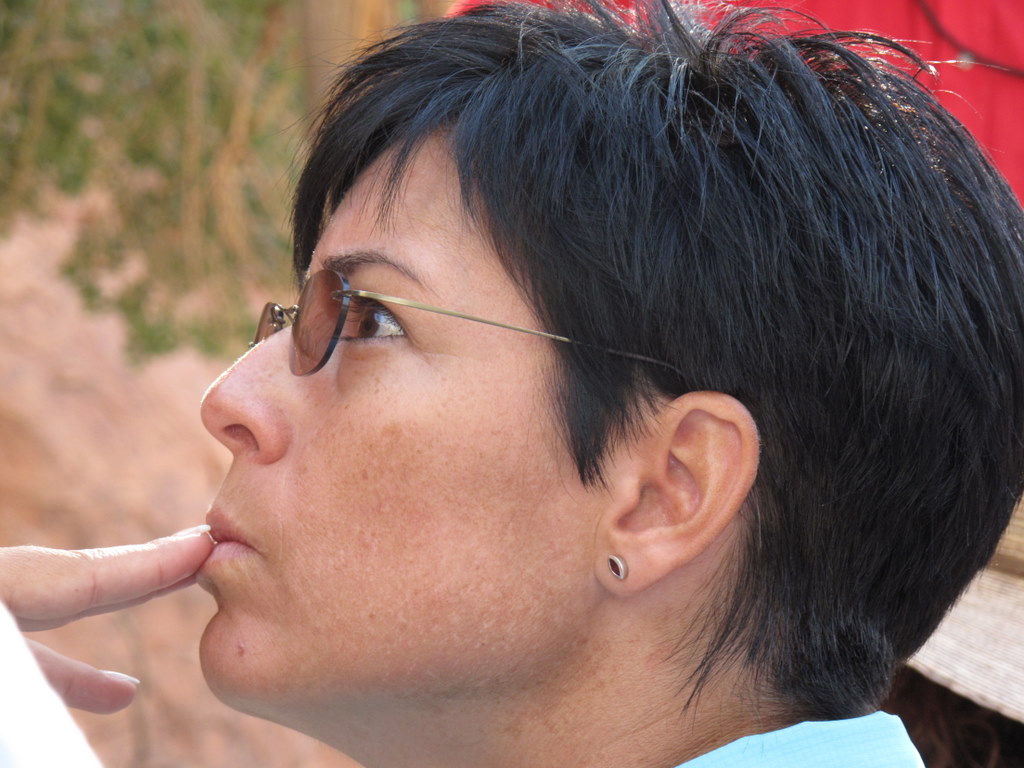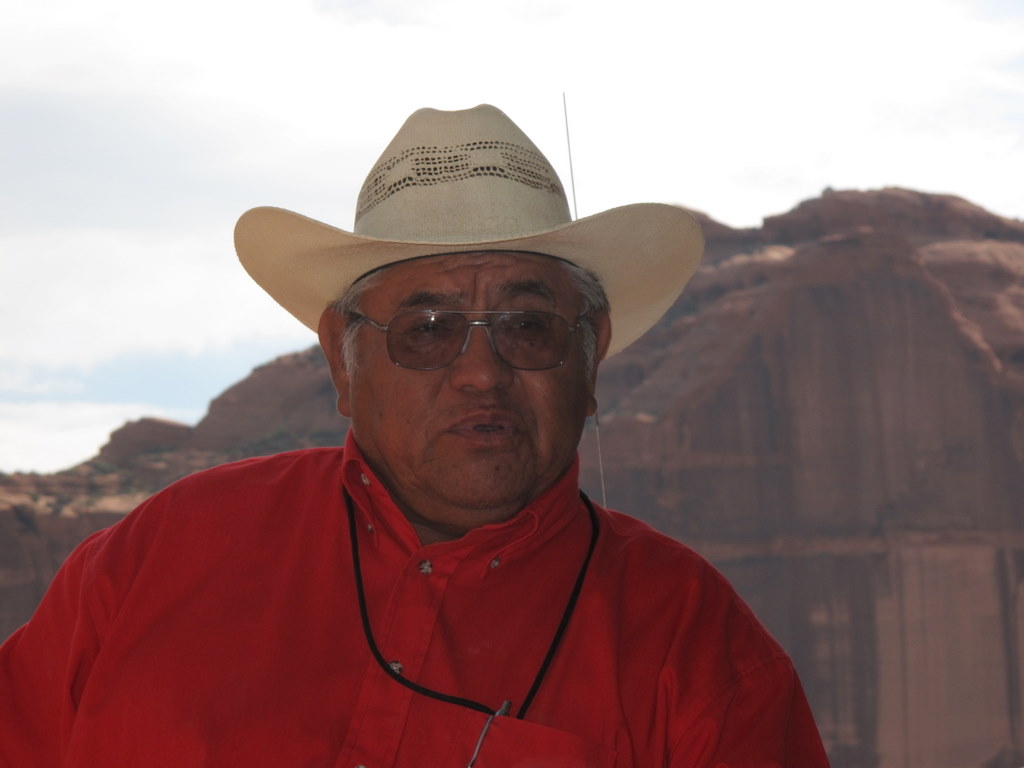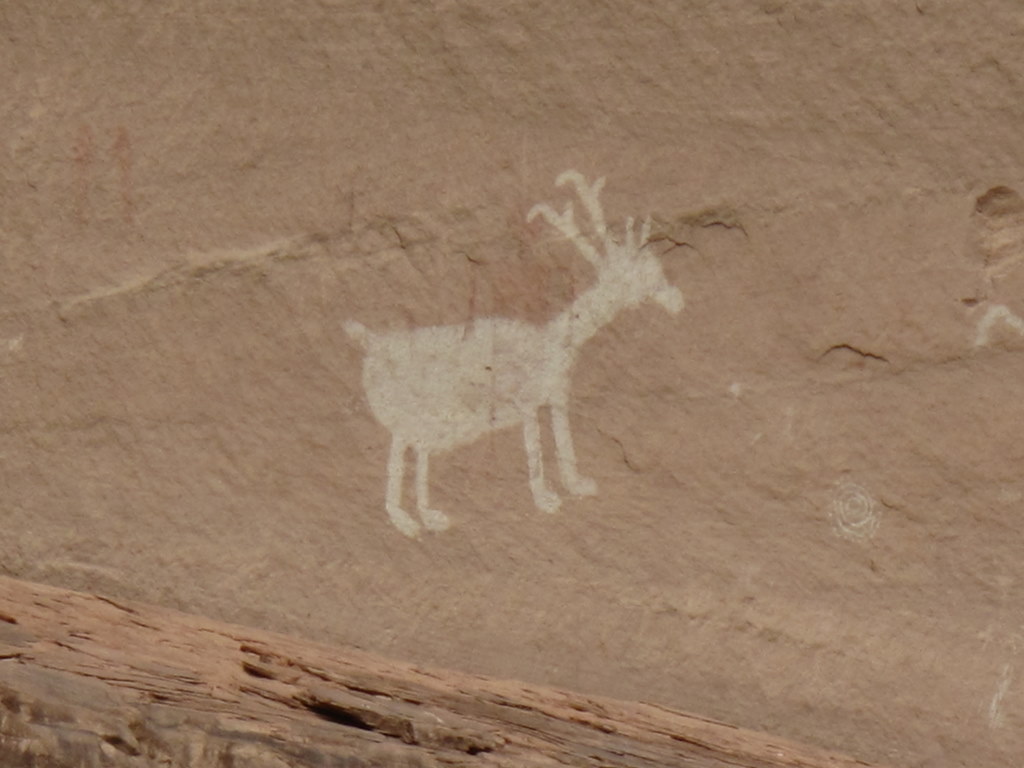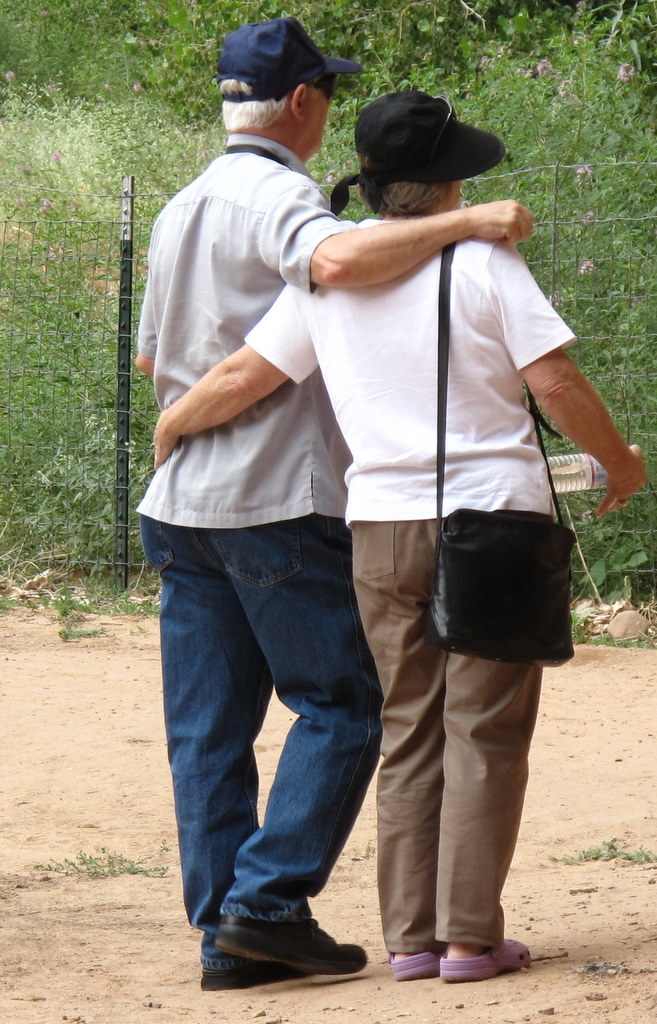Taking a Little Break from Weaving at Canyon de Chelly
Window Rock, AZ Our weaving classes in Window Rock are fairly intense, so many students like to take a break in the middle of the week and spend the day at Canyon de Chelly, about 60 miles away. We take the half day tour offered through Thunderbird Lodge. It’s one of the larger tour companies operating in the canyon and are able to handle the size of our groups. They do a great job, but if you’re in the area with your family or a smaller group of people, there a many tour guides that you can hire at the visitor center or through your hotel. You’ll find guides offering tours on horseback, SUV and on foot. Except for a self-guided trail to the White House Ruin, non-Navajos are not permitted into the Canyon unless they are accompanied by a Navajo guide.
The sandstone cliffs consist of windblown dunes that are about 235 million years old and are similar to the Coconino Sandstone found west of here at the Grand Canyon. Inhabited for at least 2000 years, the canyon has been home to the Anasazi people, the Hopi and the Navajo. The conquistadors searched for El Dorado here, and U.S. troops commanded by Kit Carson employed scorched earth methods to force the Navajo people from the canyon prior to the Long Walk. A visit to the canyon is a blend of geology, history, ecology and shopping. Some of the best artists in the Chinle area sell their work in the canyon and the canyon is home to 100+ families for at least part of the year.
The Anasazi built many dwellings, kivas and other buildings and you can see the remains of these throughout the Canyon. Some of them are 100 or more feet off the floor of the canyon and nearly all of them are perfectly situated to provide passive solar heating, hugging the south facing canyon walls. In places, you can still see the foot and hand holds that were used to access these buildings and you can marvel at the agility and strength that these ancient people must have had.
One of the most interesting aspects of the tour is the variety of rock art. Every group that has lived in the canyon has left behind some expression of their sojourn on the rock walls. Some of the art is painted on, some is incised into the rock, some is drawn on, and some images appear to have been formed by spraying colored liquid clay through some kind of pipe. Calendaring devices are chiseled into the rock by the Anasazi, and the incursion of the Spaniards was recorded by the Navajos. In some places, like Antelope House, the paintings of the Anasazi appear among paintings done by Navajo people 700 years later.
Because there is water in the canyon or near the surface for much of the year, it’s a place where families maintain summer gardens of corn, squash and other vegetables and you’ll see small orchards of peach, cherry, apple and other fruit trees that are tended by families who have land allotments within the canyon. People who live there do without electricity, phone service or paved roads. Recently, some residents have expressed the hope that some conveniences, particularly electricity, might become available in the future and there’s sentiment in favor of returning the canyon to tribal control. For both the people who live there and the people who visit, there is a sense of how special and unique this place is and of the obligation to protect it for the future.
Hagoshíí (so long for now)
Mary Walker




